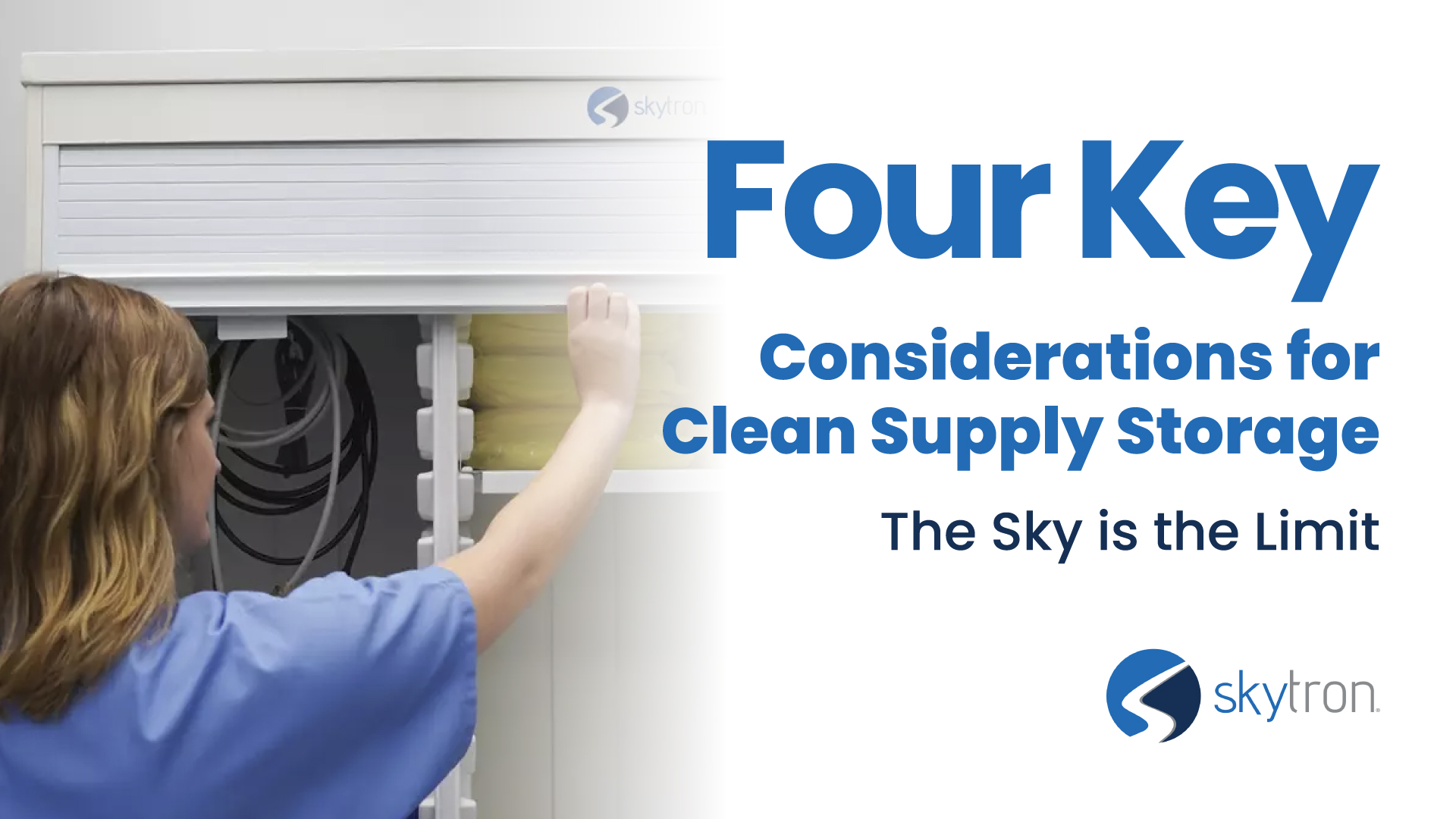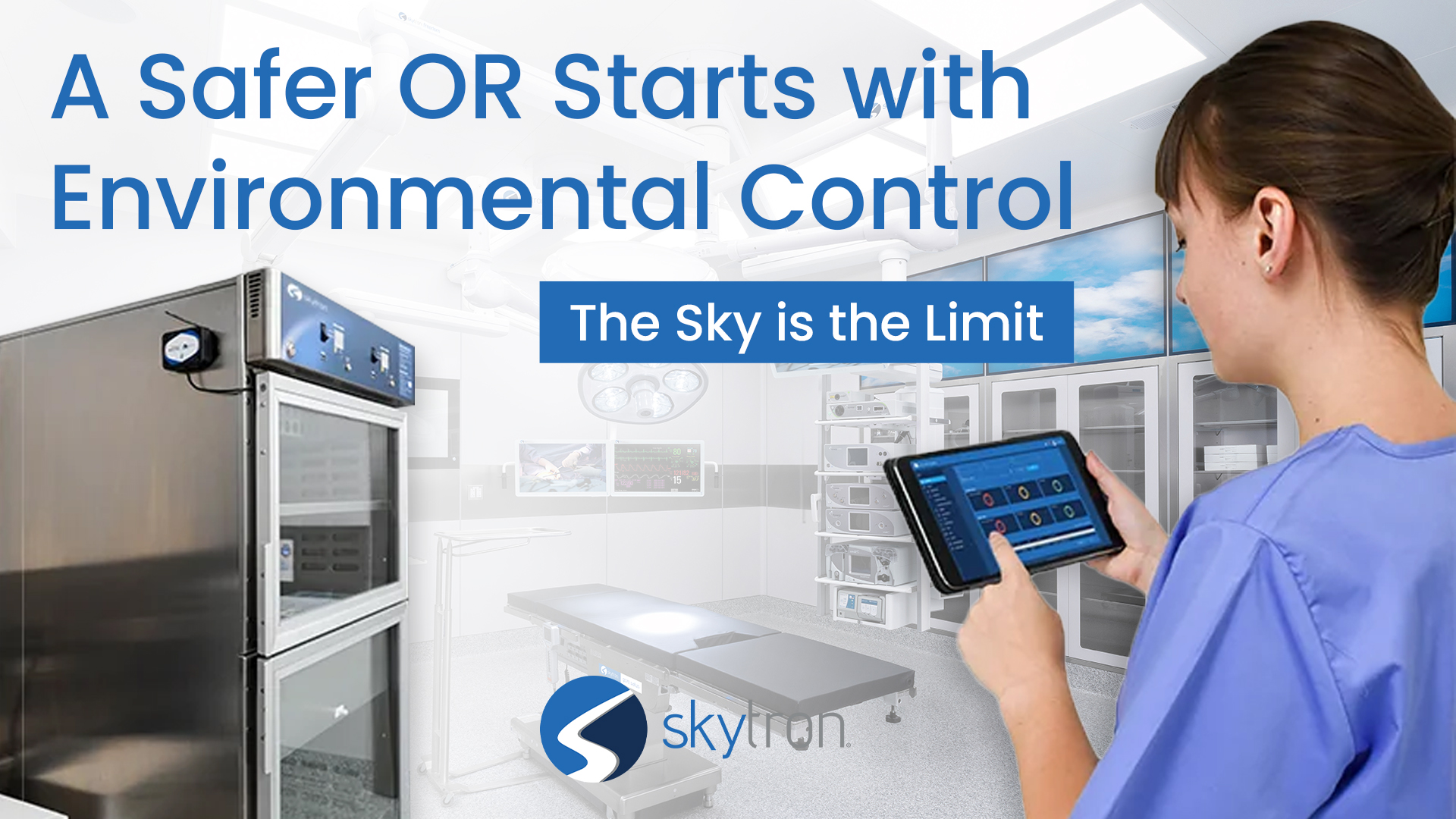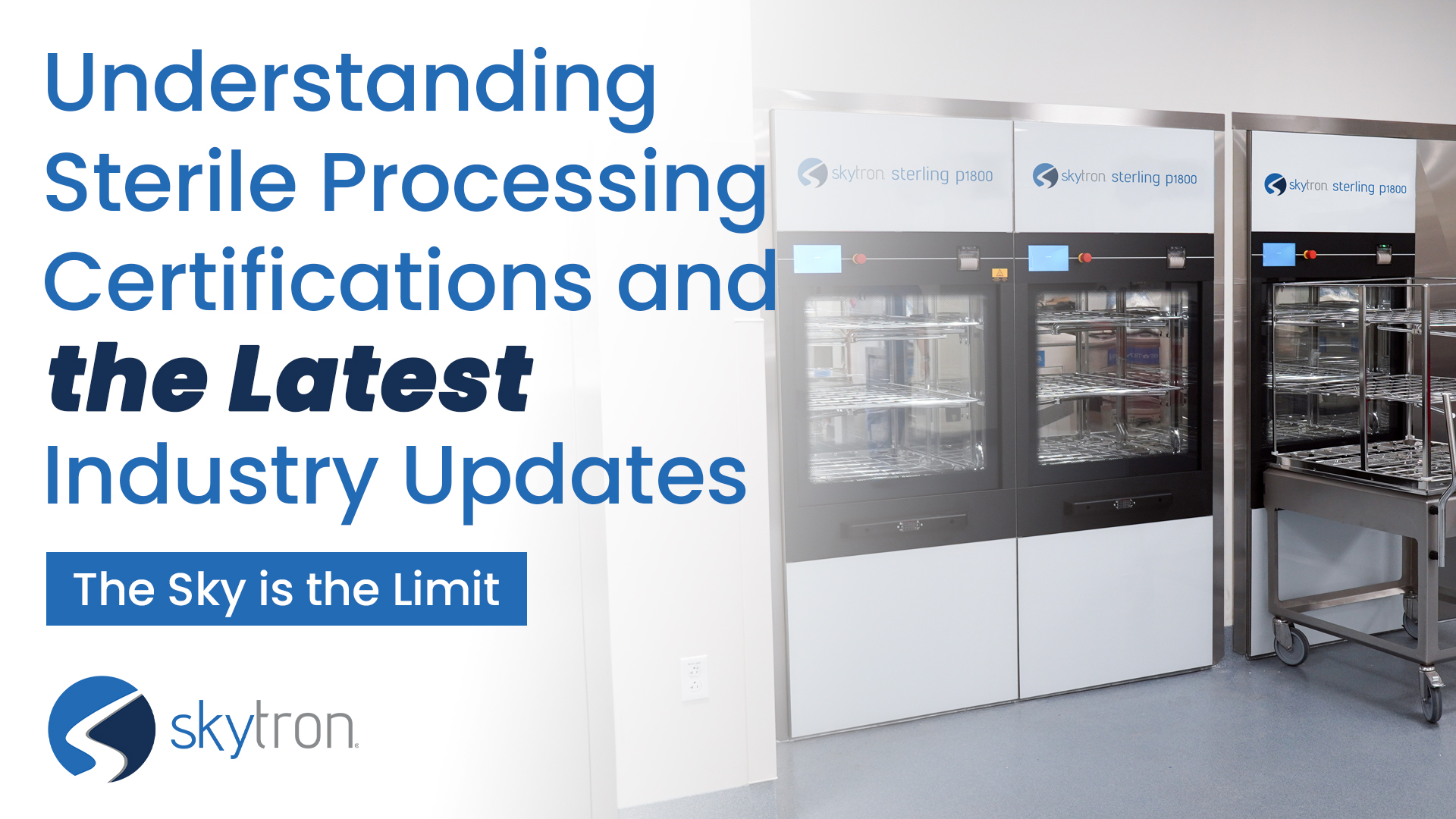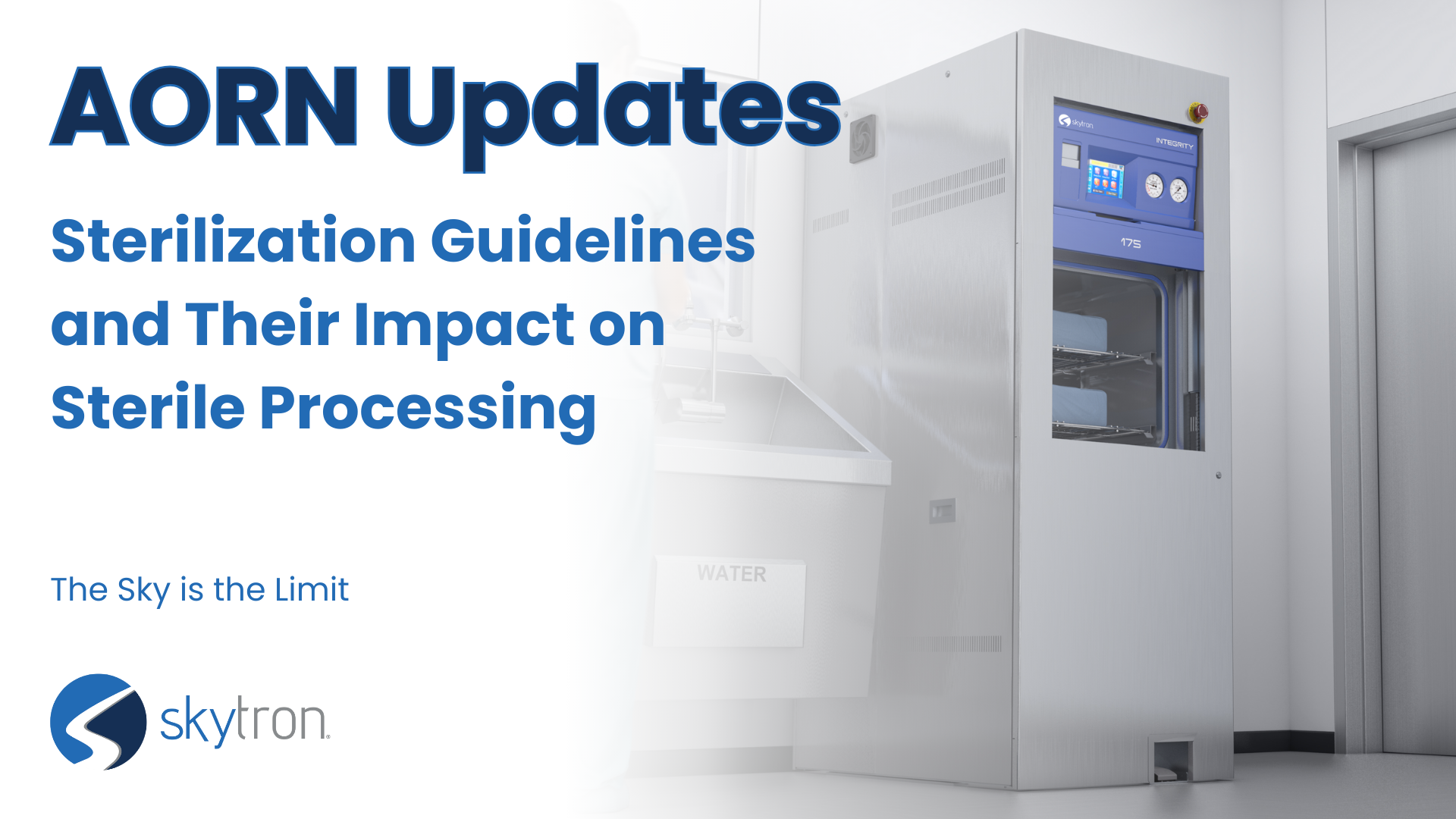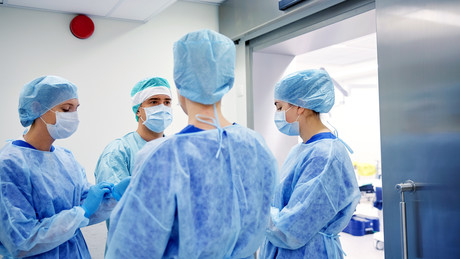
-
Written ByRebecca Kinney
-
PublishedJanuary 24, 2023
Ensuring the proper flow of air and controlling the environment in the OR are crucial to maintaining a sterile and safe environment for both patients and staff.
Many steps are taken to provide a clean environment in operating rooms (ORs) to prevent surgical-site infections (SSIs) and a safe working environment for staff and patients. “From a clinical standpoint, these include scrubbing and gowning, special cleaning procedures, and strict protocols for movements in the sterile field. From a built environment standpoint, these include washable surfaces, controlled access, and a tightly controlled range for temperature, pressure, relative humidity, and ventilation rates.” 1
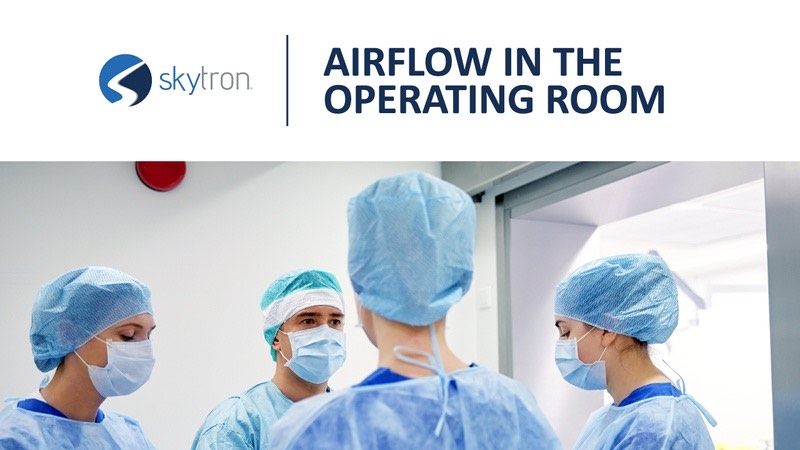
In this write-up, we will discuss the airflow in the OR and its impact on the overall safety of everyone in a room. Most of us know that positive airflow is maintained and taken care of by the powers that be, but aside from that, how aware are you of the details surrounding it?
Ensuring the proper flow of air and controlling the environment in the OR are crucial to maintaining a sterile and safe environment for both patients and staff.
Proper airflow in the OR helps control infectious agents’ spread, which can lead to SSIs. SSIs are a major cause of post-surgery complications and, in rare cases, even mortality. They are incredibly costly and are the most common type of healthcare-acquired infection (HAI), with an estimated annual cost of $3.3 billion annually. 2
To prevent the spread of these infectious agents, our ORs are designed with a positive pressure system that ensures that air flows into the room rather than out of it. This helps prevent contaminants from entering the room and ensures that any contaminants generated within the room are quickly removed.
Proper airflow also ensures a comfortable temperature and humidity level can be maintained to help to reduce fatigue and improve the overall performance of staff.
The correct airflow also helps control volatile organic compounds (VOCs) generated during surgical procedures. VOCs are chemicals that can be released into the air during surgery, including everything from cleaning solutions to the chemicals used in anesthesia. These chemicals can have a negative impact on the health of staff and patients and can also contribute to the spread of infection. The correct flow helps to remove these chemicals from the OR and minimize potential health risks.
Proper airflow in the OR also helps maintain the room’s overall cleanliness. We all know that the OR is a high-traffic area, making the surfaces and equipment in the room constantly exposed to contaminants. Some of these contaminants are removed from the room with positive airflow, in turn reducing the risk of cross-contamination.
In conclusion, proper airflow and environmental factors play a vital role in maintaining a safe and sterile environment in the operating room. By controlling the spread of infectious agents, maintaining the comfort of staff and patients, controlling the levels of volatile organic compounds, and maintaining the overall cleanliness and quality of the OR environment. Healthcare facilities need to ensure that their ORs are designed
and maintained to provide the highest level of airflow and environmental control possible. Regular monitoring and maintenance of the OR airflow and environment are crucial to ensure that the OR remains safe and comfortable for patients and staff.
At Skytron we pride ourselves in helping you maintain efficient and sterile environments that benefit staff and patients both.
Explore our selection of Architectural & Environmental Solutions to see how we offer:
- Long-Term Vision
- Customized Room Design
- Hygienic Environments
- Quick Installation Times
Citations:
1. Studying airflow in the OR | HFM Magazine
2. Surgical Site Infection Event (SSI) – PDF | NHSN



